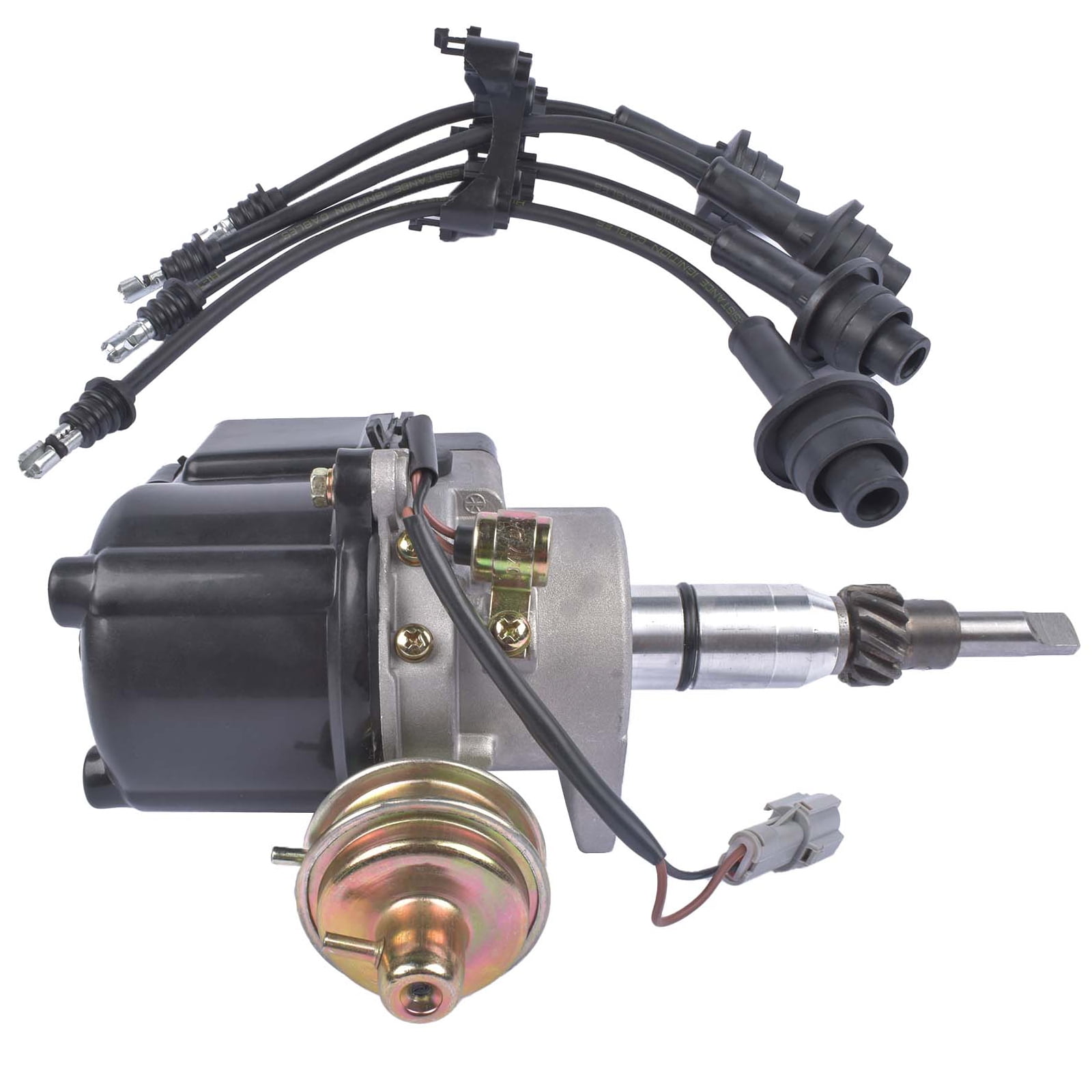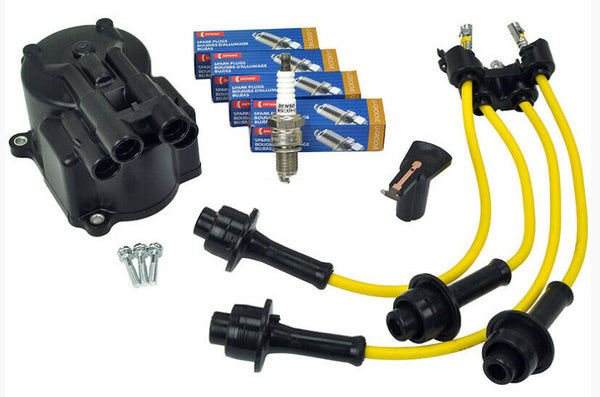The History and Evolution of the 4Y Engine in Automotive Engineering
The History and Evolution of the 4Y Engine in Automotive Engineering
Blog Article
Exploring the Numerous Kinds of Engine: Which One Fits Your Demands?
Internal burning engines proceed to control due to their integrity, while electric engines are gaining traction for their sustainability. Hybrid engines provide a versatile concession, and diesel engines stand out for their power in requiring applications.

Interior Combustion Engines
Internal burning engines (ICEs) are the backbone of modern transport, powering a substantial range of automobiles from vehicles to aircrafts. These engines run on the concept of converting gas into power via a series of controlled explosions within a burning chamber. The most common sorts of ICEs include gas engines, diesel engines, and rotating engines, each created to fulfill certain performance and efficiency demands.
Gas engines typically utilize stimulate ignition, while diesel engines count on compression ignition, leading to unique distinctions in fuel performance and power outcome (4y engine). Rotating engines, or Wankel engines, use a portable style and smooth procedure, but are much less frequently utilized in mainstream applications
ICEs have undergone considerable innovations in technology, including the intro of turbocharging and gas injection systems, which boost overall performance and efficiency. In spite of their efficiency enhancements, ICEs deal with boosting analysis as a result of their environmental effect, specifically pertaining to greenhouse gas emissions. As the automotive industry advances, the future of ICEs continues to be a topic of discussion, balancing performance, performance, and environmental factors to consider. They proceed to play an essential duty in international transportation framework.
Electric Engines
As worries concerning environmental sustainability and fossil gas dependency grow, electric engines have actually become an engaging choice to internal burning engines. These engines make use of electrical motors powered by batteries or fuel cells, supplying a cleaner and a lot more efficient motive powers.
Among the key advantages of electric engines is their decreased exhausts. Unlike conventional engines that melt fossil fuels, electrical engines create zero tailpipe emissions, substantially decreasing air contamination and adding to enhanced public health and wellness. Additionally, the performance of electric motors commonly goes beyond that of internal combustion engines, transforming a greater proportion of power from the source of power right into useful energy for activity.
Electric engines are also notable for their quiet procedure, making them ideal for city atmospheres. 4y engine. The simplicity of their layout causes less relocating parts, which can cause minimized upkeep costs and raised reliability in time
However, challenges remain, including battery production effects, charging infrastructure, and array limitations. Regardless of these difficulties, the expanding investment in electrical lorry innovation and renewable power sources factors toward an appealing future for electrical engines, placed to play a critical function in the shift toward lasting transport.
Crossbreed Engines
Mixing the benefits of both electric and traditional interior burning engines, hybrid engines represent a functional remedy in the mission for effective and sustainable transportation. These engines integrate a gas or diesel motor with an electrical motor, permitting improved gas performance and minimized emissions contrasted to standard cars.
Hybrid engines operate in a number of settings, making use of the electrical motor for low-speed driving and the interior combustion engine for higher speeds or when even more power is required. This vibrant procedure not only enhances gas economic situation yet also adds to a smoother driving experience. Regenerative stopping is an additional vital feature, catching energy generally lost throughout stopping and redirecting it to recharge the battery.

As customers progressively prioritize eco-friendliness, crossbreed engines stand apart as a useful option, providing an efficient equilibrium of performance, effectiveness, and environmental duty. This versatility makes them ideal for city travelling and long-distance traveling alike.
Diesel Engines
Performance and power are hallmarks of diesel motor, which have long been favored for their robustness and fuel economic climate. These engines operate on the concept of compression ignition, where air is pressed to a heat prior to gas is injected, sparking it without the need for imp source trigger plugs. This procedure allows diesel engines to achieve greater thermal effectiveness compared to gasoline engines, converting into far better gas mileage and reduced co2 discharges.
Diesel engines are especially appropriate for durable applications such as vehicles, buses, and commercial equipment, where torque and longevity are paramount. Their style normally consists of stronger elements to hold up against the higher stress generated throughout operation, resulting in longer life span and minimized upkeep costs.

Alternative Fuel Engines
While diesel engines have long controlled the landscape of heavy-duty source of power, different fuel engines are obtaining grip as sensible alternatives for a more lasting future. These engines make use of a range of gas, such as pressed all-natural gas (CNG), propane, ethanol, and hydrogen, intending to reduce greenhouse gas emissions and dependence on fossil gas.
One considerable advantage of alternative gas engines is their prospective to reduced carbon footprints. CNG engines give off fewer contaminants contrasted to traditional diesel engines, making them ideal for urban transit systems and fleets seeking to enhance air top quality. Ethanol, originated from biomass, not just moved here minimizes discharges yet additionally supports agricultural economies.
Hydrogen gas cells stand for an innovative development in this realm, providing zero-emission power with a chain reaction in between hydrogen and oxygen. Nevertheless, challenges such as framework growth and production prices continue to be challenges to prevalent adoption - 4y engine.
Final Thought
Interior burning engines use reliability, while electric engines focus on sustainability and reduced upkeep. Hybrid engines combine the benefits of both, boosting performance, whereas diesel engines give exceptional power and torque for durable applications.
Crossbreed engines supply a flexible concession, and diesel engines stand out for their power in demanding applications. The most usual kinds of ICEs include fuel engines, diesel engines, and rotary engines, each designed to fulfill particular performance and efficiency demands.
Unlike typical engines that shed fossil gas, electrical engines produce absolutely no tailpipe exhausts, substantially reducing air contamination and contributing to improved public health.Crossbreed engines run in several modes, using the electric motor for low-speed driving and the interior burning engine for greater rates or when more power is required. Hybrid engines integrate the benefits of both, boosting effectiveness, whereas diesel engines provide exceptional power and torque for durable applications.
Report this page